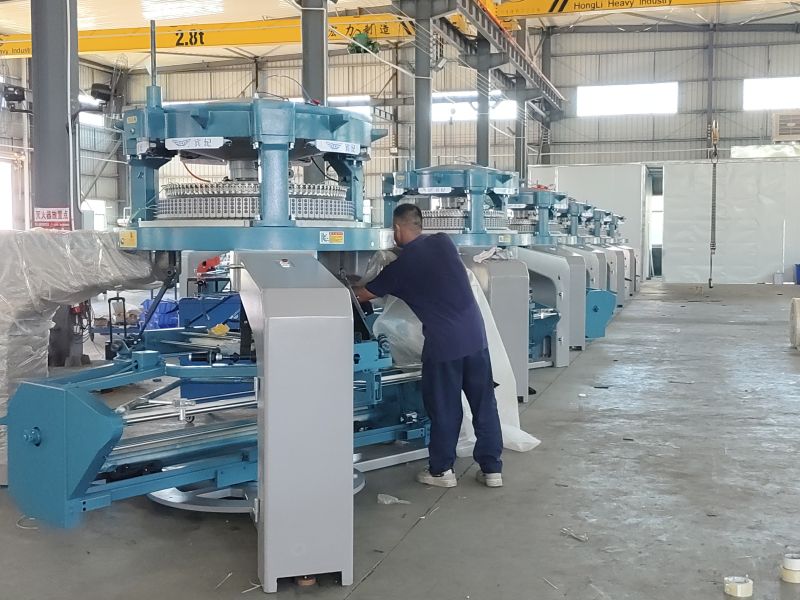Precision Engineering for Premium Stretch: Circular Knitting Machines Rise to the Challenge of Nylon-Spandex Fabric Production
In the world of modern textiles, few materials pose as great a challenge to machinery as nylon-spandex fabrics. Known for their remarkable elasticity, smooth texture, and sleek finish, these high-performance fabrics are in high demand across industries—from activewear and swimwear to lingerie and athleisure. However, behind every flawless piece of stretch fabric is a precision-engineered circular knitting machine working to meet some of the industry's most demanding requirements.

Nylon-spandex blends, due to their sensitivity and stretch characteristics, require a level of mechanical control and consistency that few knitting machines can provide. These fabrics must be flat and uniform, free of horizontal striping or variations in tension, and maintain high elasticity without compromising their surface quality. Circular knitting machines used in this process must operate with perfect synchronization, balance, and thread control.
At the heart of high-quality nylon-spandex fabric production lies the mastery of tension. The spandex component in particular is susceptible to even the smallest variations in tension, which can lead to visible defects such as stripes, puckering, or uneven elasticity. Modern circular knitting machines must therefore be equipped with advanced tension-regulating systems, precision feeders, and reliable yarn guides to ensure uniform feed and consistent stitch formation.
One of the key factors enabling superior performance in circular knitting machinesis the integration of electronic controls and servo systems. These features allow for real-time monitoring and adjustment during production, minimizing errors and reducing the margin for defects. In addition, fine gauge cylinder designs and optimized sinker systems are crucial to producing the fine, close-knit construction that nylon-spandex fabrics require.
Leading manufacturers in the knitting machinery sector have responded to this challenge with a new generation of machines specifically calibrated for elastic fabric production. These machines not only meet the basic needs of high-speed operation and energy efficiency but are also tailored for precision, repeatability, and fabric quality. The result is fabric output that is consistently smooth, visually flawless, and functionally robust.
In fashion and sportswear markets, where consumer expectations are at an all-time high, delivering nylon-spandex fabrics that meet performance and aesthetic standards is non-negotiable. The visual and tactile experience of the end product reflects the craftsmanship of the machinery behind it. As brands push for innovation in design, fit, and functionality, the circular knitting machines behind the scenes must keep pace.
The demand for seamless, skin-friendly, stretchable garments is growing rapidly, and so is the need for technology that can support such trends. Whether producing compression leggings, fitted tops, or high-stretch performance wear, manufacturers rely on advanced circular knitting machines technology to turn yarn into cutting-edge apparel.
In conclusion, nylon-spandex fabric production isn’t just about materials—it’s about machinery excellence. Only through precision, innovation, and continuous technological advancement can knitting machine manufacturers ensure their equipment meets the high standards required for one of the most dynamic fabric categories in the market today.

